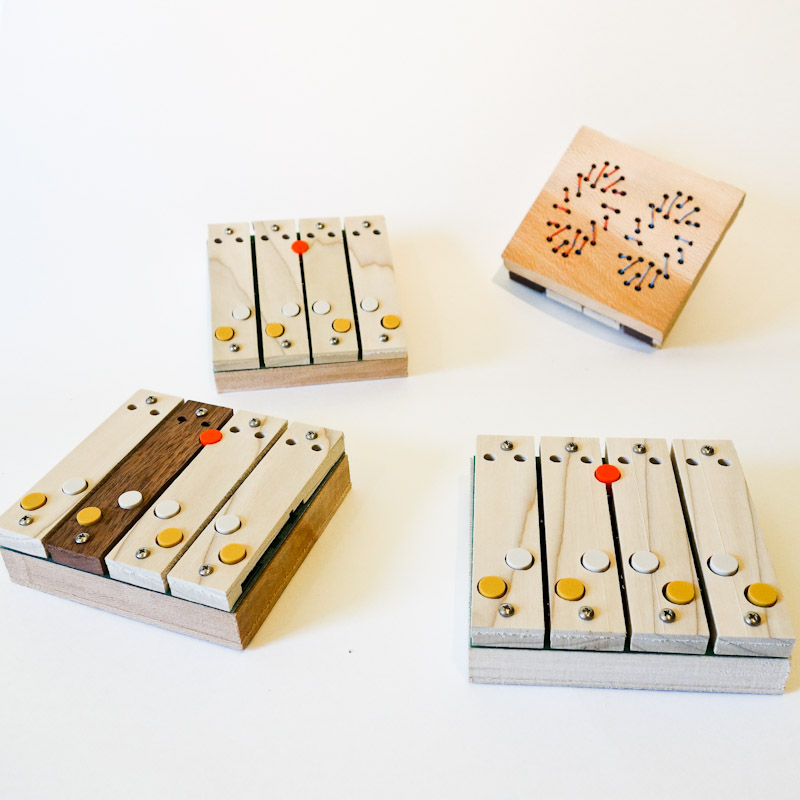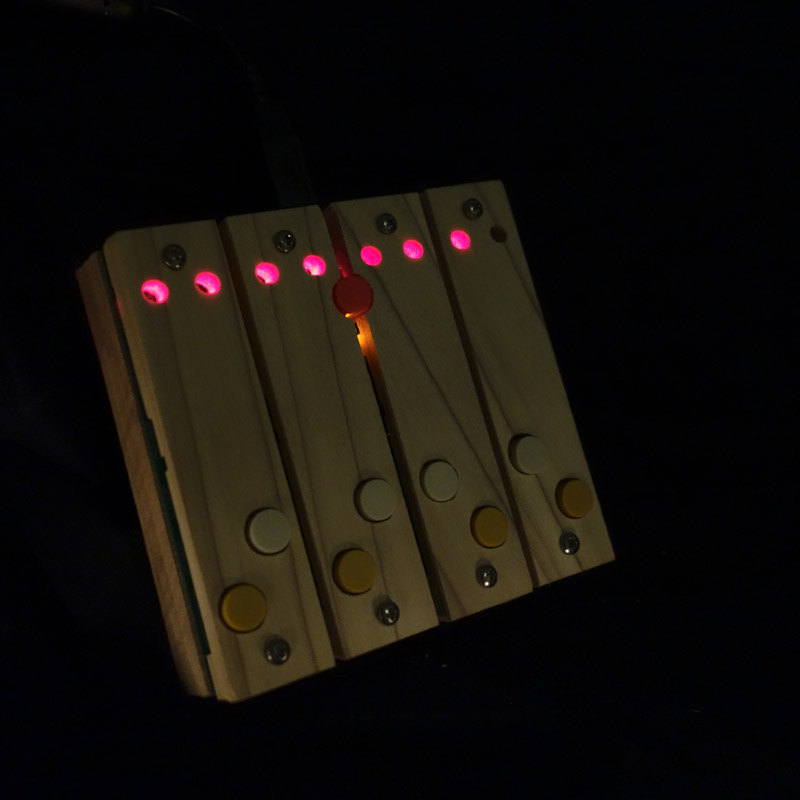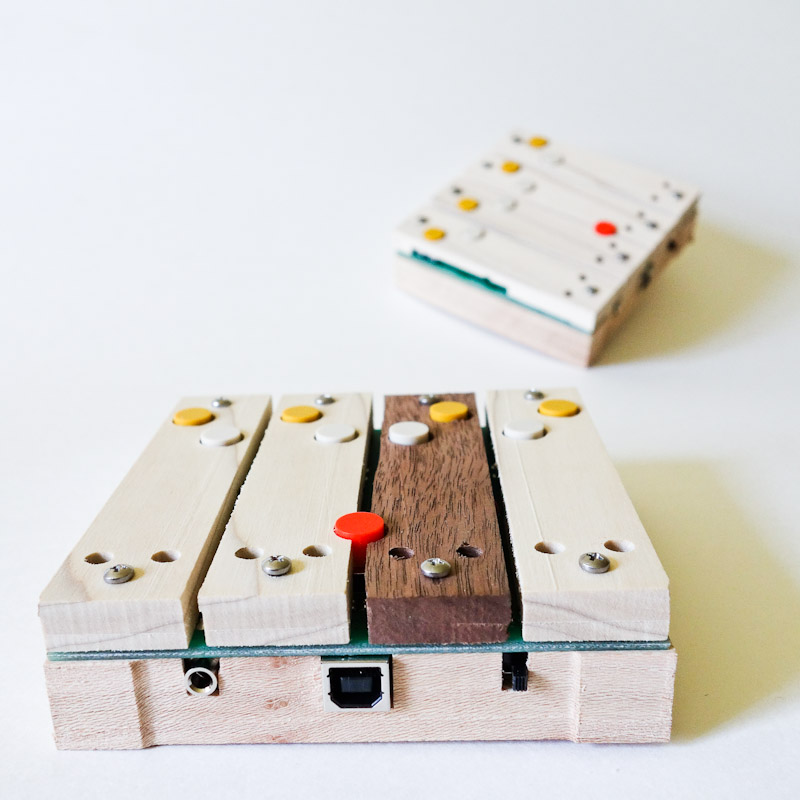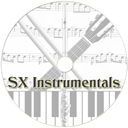Description | As the designer describes:
Shbobo creates warm and wooden digital synths that connect to your computer for gaming, soundmaking, and other host-side worldmaking applications.
The Shnth, by Shbobo, is a computer music device that features the ARM Cortex M3 32 bit processor. It connects to host computer via USB, wherein the host computer (windows, linux, or macintosh) may read its "squish data" and create graphics and sound. Or, the Shnth itself is a standalone synthesizer, which may be programmed by host in the new language, "Shlisp", by Shbobo.
It is potentially self powered, by batteries, which are charged, again, via USB. A switch turns it on, and 16 bit sound comes out a standard stereo 3.5mm jack. Like a laptop; it is "handtop". Four bars on top feel your fingers and two woven antennae below sense flesh, complimented by a battery of buttons. There are red lights.
Shnth Interface
A Shnth is a handtop computer for music. There are several different ways to use the Shnth, all based around the gesture of ‘squish’. So you might say it is a kind of ‘squish computer’ that makes sound. It has four bars on top, that are intended to be flexed with a gentle touch; if you squish them aggressively they may break, like any good musical instrument! As a rule of thumb, try to treat the Shnth like a living being, not as a stomp box or other machine that you encounter in “rocking” situations.
The Shnth has two woven antennae on the back, which detect the presence of your flesh. Thus they are called “corps”. To play them correctly, they must be tared. To tare: press the orange tare button, and when you release it, the “corps” will be set to zero at whatever location your flesh is at. You can use this taring technique creatively to set different zones of sensitivity.
There is a microphone built in, beneath the tare button. It is for singing, or blowing, to capture more gestures known as “wind”. Be careful to not get it too wet with drool, though. Finally, there are eight buttons, but these are self-explanatory.
Shnth Audio
In normal operation, the Shnth will be synthesizing sounds in stereo. You may listen to them through any good pair of stereo headphones with standard, 3.5mm stereo jack. To connect to a mixer of public address system, turn on the system, ensure that phantom power is off, and connect via 3.5mm stereo audio cable. You must not plug the output into any unsafe source of electrons, such as: the output of a power amplifier or AC line voltage (but we don’t understand why you would do that anyway). The Shnth runs an embedded computer music language called “Shlisp”. Please refer to the “Shlisp Tutorial” to learn how to create your own presets.
Operating Modes: USB or Battery
The Shnth can be powered by connection to computer via USB, or, for short term use by its built-in batteries. The batteries have an associated power switch, on the rear face alongside the USB jack. To turn on, push the switch to the right. To turn off, push it to the left. Again, this switch is only for battery powered mode, and should be “off” when powered by USB. To plug into computer, use a standard “USB A-B” cable. Remember, again, the battery switch should be “off” before plugging into host; if not the device will not connect properly and you will not have communication over the USB bus. During USB mode, the batteries are being “trickle charged”, which means that they charge slowly over a long period of time. This is safe for long charging periods because it cannot overcharge the batteries.
|





